Tag
#University of Maryland

US Department of Energy funds battery research with $25 million
26.12.2024
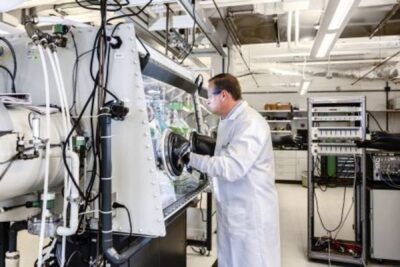
Argonne National Laboratory leads consortium for sodium-ion battery research
26.11.2024
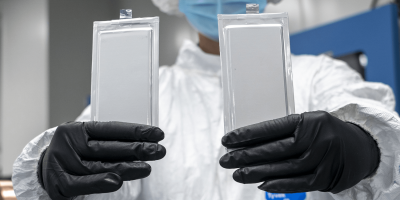
US government funds twelve battery research projects
11.01.2023
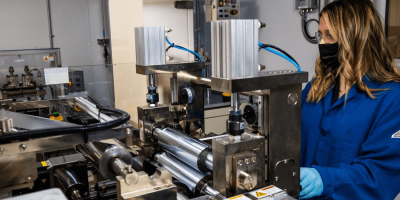
Battery500 consortium goes into second phase of research
14.12.2021
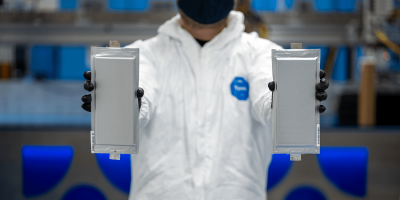
Solid Power unveils battery data, collects further funding
15.10.2021
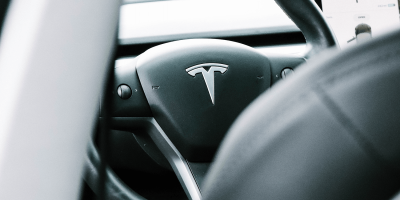
Tesla extends battery research with Jeff Dahn
19.01.2021

Bustech, Infiniti, Li-air batteries, University of Maryland.
13.08.2015

MIRA, PSC Motors, TE Connectivity, University of Maryland.
01.06.2015

Schaeffler, Kulan, University of Maryland, University of Texas, TNO.
23.12.2014

Last commented